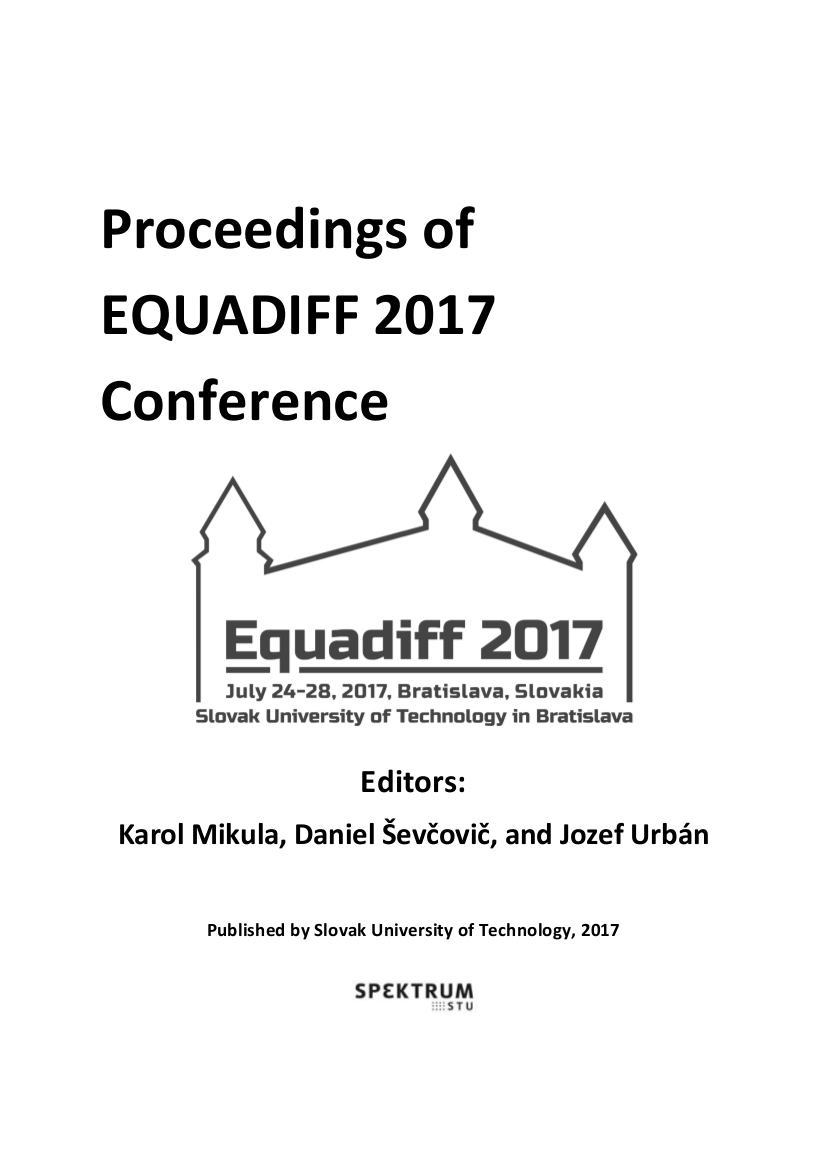Computational design optimization of low-energy buildings
Main Article Content
Abstract
European directives and related national technical standards force the substantial reduction of energy consumption of all types of buildings.This can be done thanks to the massive insulation and the improvement of quality of building enclosures, using the simple evaluation assuming the one-dimensional stationary heat conduction. However, recent applications of advanced materials, structures and technologies force the proper physical, mathematical and computational analysis coming from the thermodynamic principles.
This paper shows the non-expensive evaluation of energy consumption of buildings with controlled indoor temperature, decomposing a building, considered as a thermal system, into particular subsystems and elements, coupled by interface thermal fluxes. We come to a rather large parabolic system of partial differential equations, containing the nonlinearities i) from the surface Stefan-Boltzmann radiation and ii) from the heating control; this can be handled using some properties of semilinear systems. The Fourier multiplicative decomposition, together with the finite element technique enables us to derive a sparse system of ordinary differential equations, appropriate for the input of climatic data (temperature, beam and diffuse solar radiation). For the approximate solutions the spectral analysis is helpful; all nonlinearities can be overcome thanks to quasi-Newton iterations. All above sketched simulations have been implemented in MATLAB. An example shows the validation of this approach, utilizing the time series of measured energy consumption from the real family house in Ostrov u Macochy(30 km northern from Brno). Additional procedures for the support of design of low-energy buildings come namely from the Nelder- Mead optimization algorithm.
This paper shows the non-expensive evaluation of energy consumption of buildings with controlled indoor temperature, decomposing a building, considered as a thermal system, into particular subsystems and elements, coupled by interface thermal fluxes. We come to a rather large parabolic system of partial differential equations, containing the nonlinearities i) from the surface Stefan-Boltzmann radiation and ii) from the heating control; this can be handled using some properties of semilinear systems. The Fourier multiplicative decomposition, together with the finite element technique enables us to derive a sparse system of ordinary differential equations, appropriate for the input of climatic data (temperature, beam and diffuse solar radiation). For the approximate solutions the spectral analysis is helpful; all nonlinearities can be overcome thanks to quasi-Newton iterations. All above sketched simulations have been implemented in MATLAB. An example shows the validation of this approach, utilizing the time series of measured energy consumption from the real family house in Ostrov u Macochy(30 km northern from Brno). Additional procedures for the support of design of low-energy buildings come namely from the Nelder- Mead optimization algorithm.
Article Details
How to Cite
Vala, J.
(2017).
Computational design optimization of low-energy buildings.
Proceedings Of Equadiff 2017 Conference, , 265-274.
Retrieved from http://www.iam.fmph.uniba.sk/amuc/ojs/index.php/equadiff/article/view/786/573
Section
Articles
